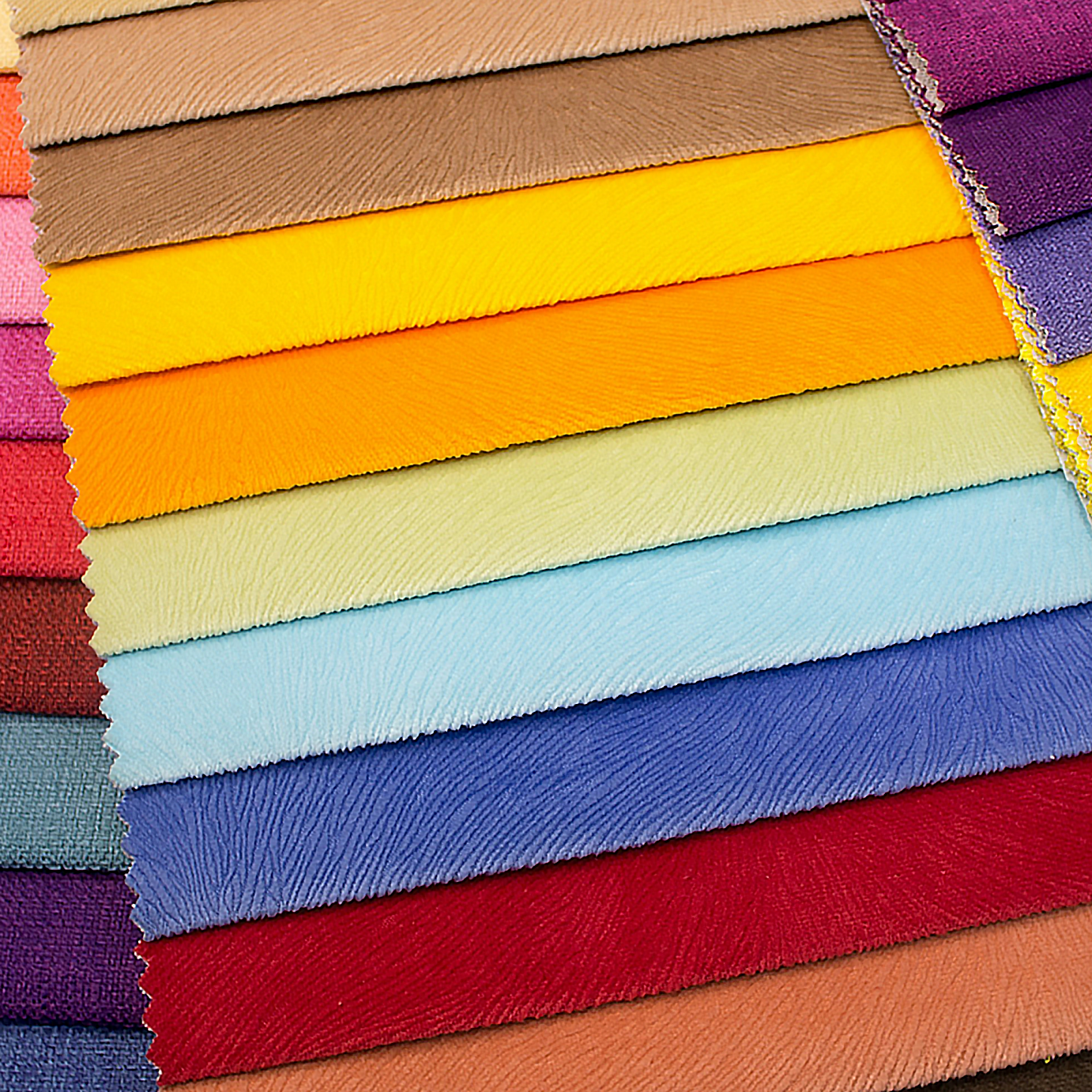
Sewing with lightweight fabrics can be a delightful experience, offering the opportunity to create elegant garments and delicate projects with finesse. However, it also comes with its own set of challenges, from managing delicate materials to achieving precise stitches without distortion. Whether you're working with chiffon, organza, or lightweight silks, mastering the art of sewing lightweight fabrics requires a combination of skill, patience, and the right techniques. In this blog post, we'll explore essential tips and techniques to help you navigate the intricacies of sewing with lightweight fabrics like a seasoned pro.
Use the Right Needle
When sewing lightweight fabrics such as chiffon or organza, it's essential to use a fine needle to prevent snags and puckering. A size 9 or 11 needle, specifically designed for lightweight fabrics, will help you achieve smooth and even stitches without causing any damage to the delicate fabric.
Choose the Correct Thread
Opt for a lightweight and fine thread that matches the color of your fabric. Using a fine thread will reduce bulkiness and prevent it from showing through the fabric or causing tension issues. Polyester or silk threads are ideal choices for sewing lightweight fabrics due to their strength and ability to glide smoothly.
Adjust Your Machine Tension
Proper tension adjustment is crucial when sewing lightweight fabrics to avoid puckering or gathering. Experiment with your machine's tension settings on a scrap piece of fabric until you achieve balanced stitches. Generally, reducing the tension slightly can help prevent the fabric from being pulled or stretched during sewing.
Use a Quality Presser Foot
Invest in a quality presser foot specifically designed for sewing lightweight fabrics, such as a roller foot or a straight stitch foot. These feet have smooth surfaces that prevent the fabric from getting caught or dragged under the foot, ensuring precise stitching and preventing fabric distortion.
Employ Proper Handling Techniques
Handle lightweight fabrics with care to prevent stretching or distortion. When cutting, use sharp scissors or a rotary cutter to ensure clean edges without snagging. Additionally, avoid pulling or tugging on the fabric while sewing, as this can cause it to stretch or become misaligned. Gently guide the fabric through the machine, allowing it to feed smoothly without any undue tension.
Remembering these tips will help ensure smooth and successful sewing when working with lightweight fabrics, allowing you to create beautiful garments and projects with ease and precision.




